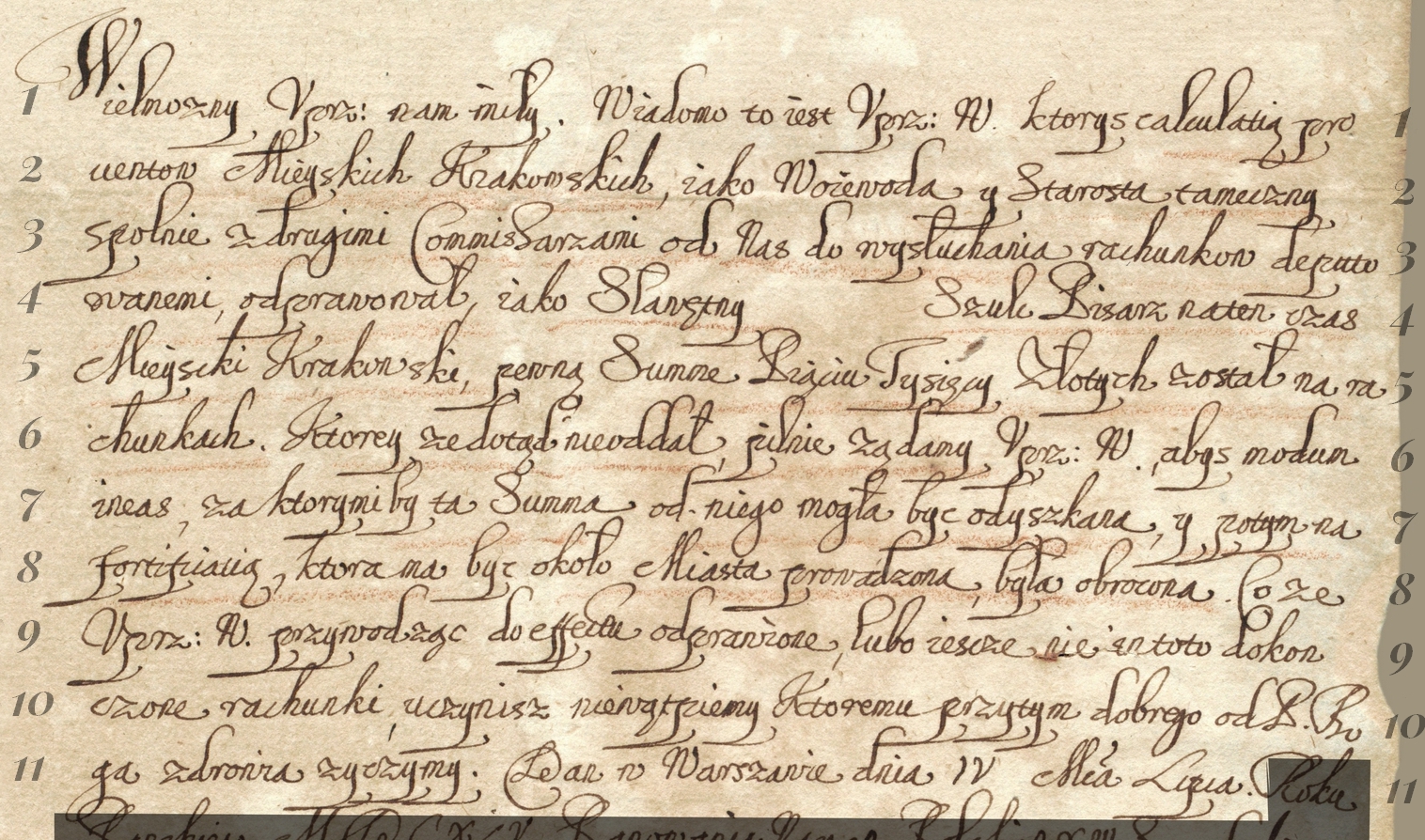Exercise 13
1. Wielmozny Uprz nam mi┼éy Wiadomo to iest Uprz W ktorys calculati─ģ pro
2. ventow Mieyskich Krakowskich iako Woiewoda y Starosta tameczny
3. spolnie z drugimi Commissarzami od Nas do wysłuchania rachunkow deputo
4. wanemi odprawował iako Sławętny Szulc Pisarz naten czas
5. Mieyszki Krakowski pewn─ģ Summe Pi─ģciu Tysi─Öcy Z┼éotych zosta┼é na ra
6. chunkach Ktorey zedot─ģd nieodda┼é pilnie z─ģdamy Uprz W abys modum
7. ineas zaktorymi by ta Summa od niego mogła byc odyszkana y potym na
8. fortificaci─ģ ktora ma byc oko┼éo Miasta prowadzona by┼éa obrocona Co ze
9. Uprz W przywodz─ģc do effectu odprawione lubo iescze nie intoto dokon
10. czone rachunki uczynisz niew─ģtpiemy Ktoremu przytym dobrego od P Bo
11. ga zdrowia zyczymy Dan w Warszawie dnia IV Miesi─ģca Lipca
Principles of transcription
- Maintain the original entry - carry out the transcription as faithfully as possible to the original, without correcting the writer's mistakes.
┬Ā - Lines of text - the transcription should be written in lines (fragments in grey should be omitted). If the word is divided between two lines, it should be written as in the original, that is, without connecting it.
┬Ā - Punctuation - all punctuation marks or others (e.g. commas, full stops, hyphens, etc.) appearing in the original should be ignored.
┬Ā - Writing capital letters - the mechanism recognises both small and capital letters as correct.
┬Ā - Shortening - the general rules accepted by us say that a contraction used by the scribe should be written in full. This document contains contractions which are exceptions to the rule, in other words, those which do not need to be written in full (they are polite phrases).
┬Ā - Letters with diacritic marks - if the text includes letters with diacritic marks, typical for the Polish language, we retain them.
┬Ā
You can find the full principles of transcription here.
Helpful tips
- This document contains contractions, which have been defined as exceptions which we do not need to write in full (in this case they are polite phrases).
┬Ā - The document was written in Polish, however, its content includes some Latin words.
┬Ā - The scribe wrote the letter s in two different versions.
┬Ā - The scribe had the custom of performing bold lines with the quill, which may make it difficult to decipher some letters, especially f, p and y.
┬Ā
You will find more useful tips for transcribing old texts here.
Exercise 13
Model letters











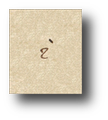



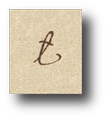
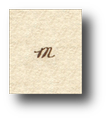
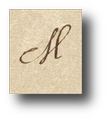
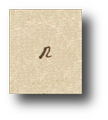











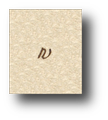

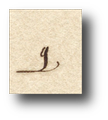


Exercise 13
Abbreviations
![M[iesi─ģ]ca](https://dawnepismo.ank.gov.pl/files/practice/shortcuts/exercise-13/cw13miesiaca.png)
![P[ana]](https://dawnepismo.ank.gov.pl/files/practice/shortcuts/exercise-13/cw13pboga.png)
![Uprz[ejmie]](https://dawnepismo.ank.gov.pl/files/practice/shortcuts/exercise-13/cw13uprzejmienammily.png)
![Uprz[ejmo┼ø─ć] W[asza]](https://dawnepismo.ank.gov.pl/files/practice/shortcuts/exercise-13/cw13uprzejmoscwasza.png)
